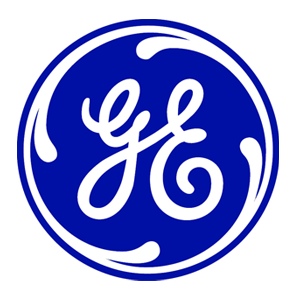Body Check: How a Brainy GE Scientist Helped Revolutionize Medical Imaging

Late one October night 30 years ago, GE scientist John Schenck was lying on a makeshift wooden platform inside a GE lab in upstate New York. Surrounding his body was a large magnet, 30,000 times stronger than the Earth’s magnetic field. Standing at his side were a handful of colleagues. They were there to peer inside Schenck’s head and take the first magnetic resonance scan (MRI) of the brain.
The 1970s were a revolutionary time for medical imaging. Researchers at GE and elsewhere improved on the X-ray machine and developed the computed tomography (CT) scanner that could produce images of the inside of the body. Other groups were trying to adapt nuclear magnetic resonance (NMR) for medical imaging, a technology that already used powerful magnets to study the physical and chemical properties of atoms and molecules. But their magnets were not strong enough to image the human body.
At the time, GE imaging pioneer Rowland “Red” Redington (he built the first GE CT scanner) also wanted to explore magnetic resonance and hired Schenck, a bright young medical doctor with a PhD in physics. Schenck spent days inside Redington’s lab researching giant magnets and nights and weekends tending to emergency room patients. “This was an exciting time,” Schenck remembers.

